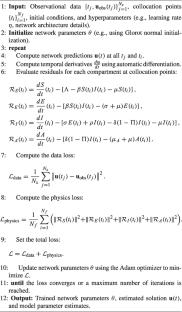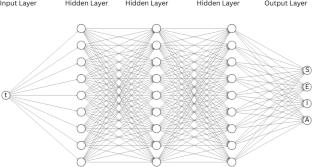A Machine Learning Approach to Analyze the Role of Antiretroviral Therapy in an HIV/AIDS Model with Both Vertical and Sexual Transmission by Using Physics-Informed Neural Networks
Abstract
In this study, we develop and analyze a compartmental SEIA (Susceptible–Exposed–Infected–AIDS) model that incorporates both horizontal (sexual) and vertical (mother-to-child) HIV transmission mechanisms. The model further includes the impact of Antiretroviral Therapy (ART) efficacy in slowing the progression from HIV infection to AIDS. While traditional numerical techniques are often used to study such epidemiological systems, we adopt a cutting-edge Physics-Informed Neural Network (PINN) framework to solve the system of nonlinear ordinary differential equations. The PINN method combines data-driven learning with the underlying biological laws to estimate system dynamics and unknown parameters more efficiently and accurately. Analytical investigation of the model ensures positivity, boundedness, and local stability of equilibria based on the basic reproduction number (\(\mathcal {R}_0\)). Our results demonstrate that the HIV-free steady state is locally stable when the basic reproduction number \(\mathcal {R}_0 < 1\), but becomes unstable as \(\mathcal {R}_0 > 1\), giving rise to a stable HIV infected steady state. Sensitivity analyses show that the rate of sexual transmission and the effectiveness of ART significantly affect the long-term disease dynamics. Notably, increasing ART efficacy reduces the AIDS population substantially but does not eliminate the infected class entirely, indicating the persistence of the virus. Additionally, scenarios with strong vertical transmission exhibit delayed but sustained resurgence of infections even under high ART coverage, highlighting the challenge of latent reservoirs and therapy fatigue. The PINN-based simulations corroborate theoretical findings and reveal critical thresholds for ART efficacy and transmission rates. This hybrid mathematical-ML approach provides a powerful framework for studying infectious disease dynamics and optimizing public health interventions.



 求助内容:
求助内容: 应助结果提醒方式:
应助结果提醒方式:


